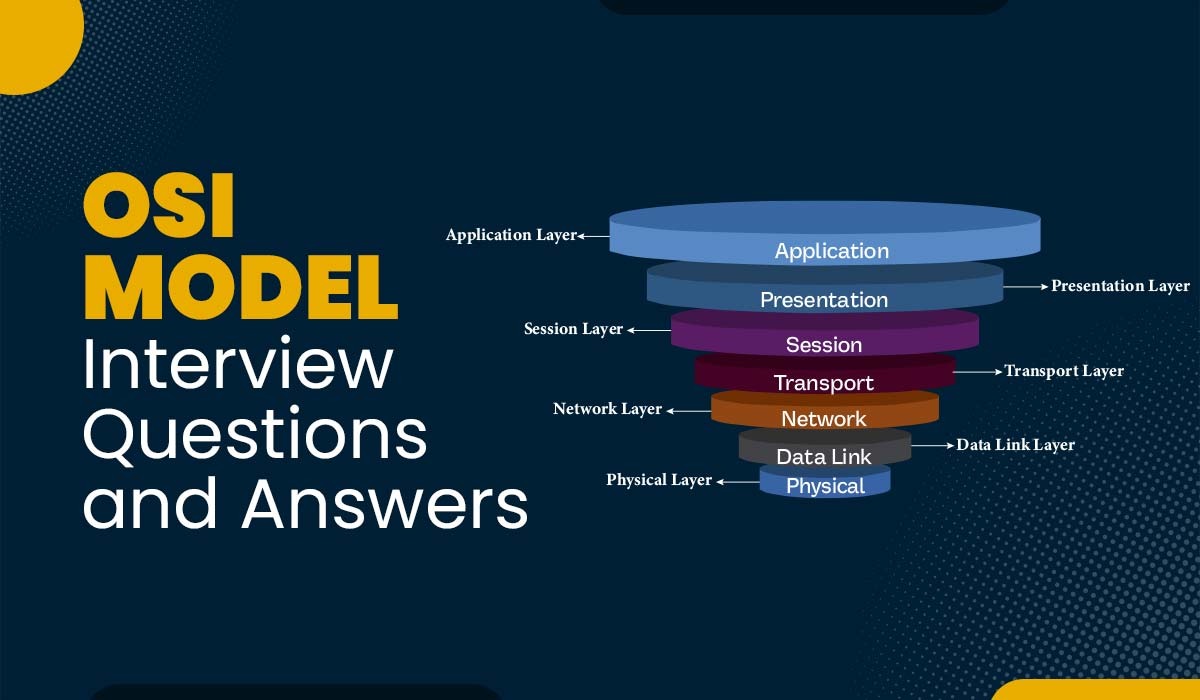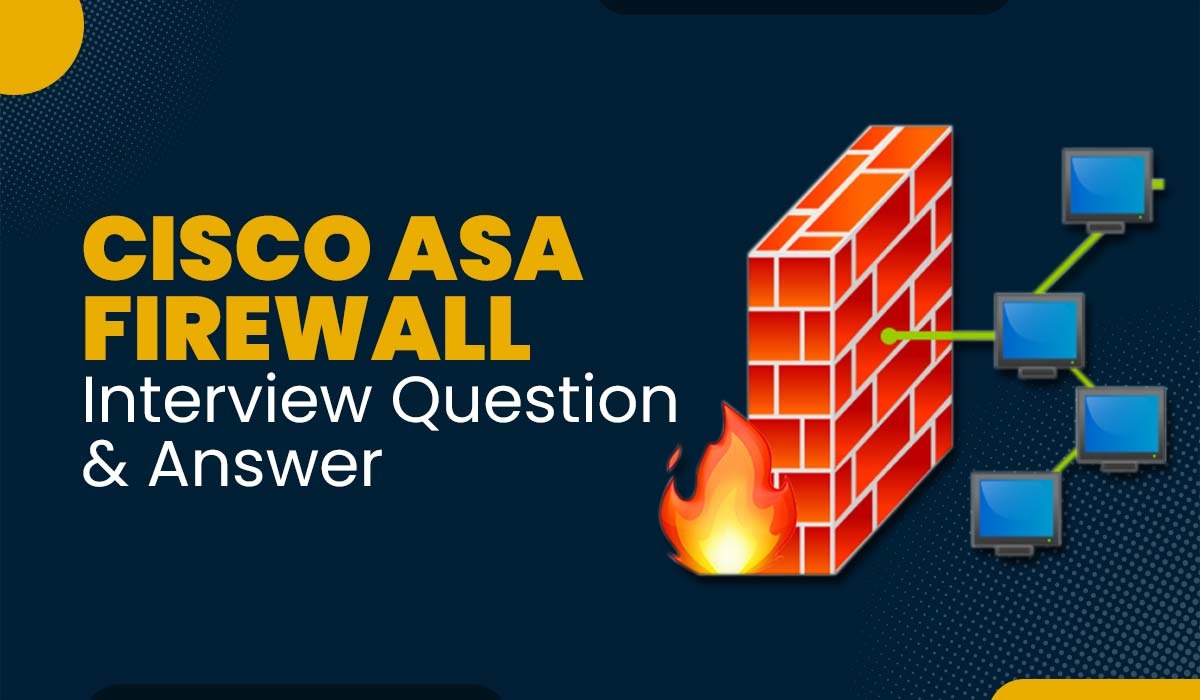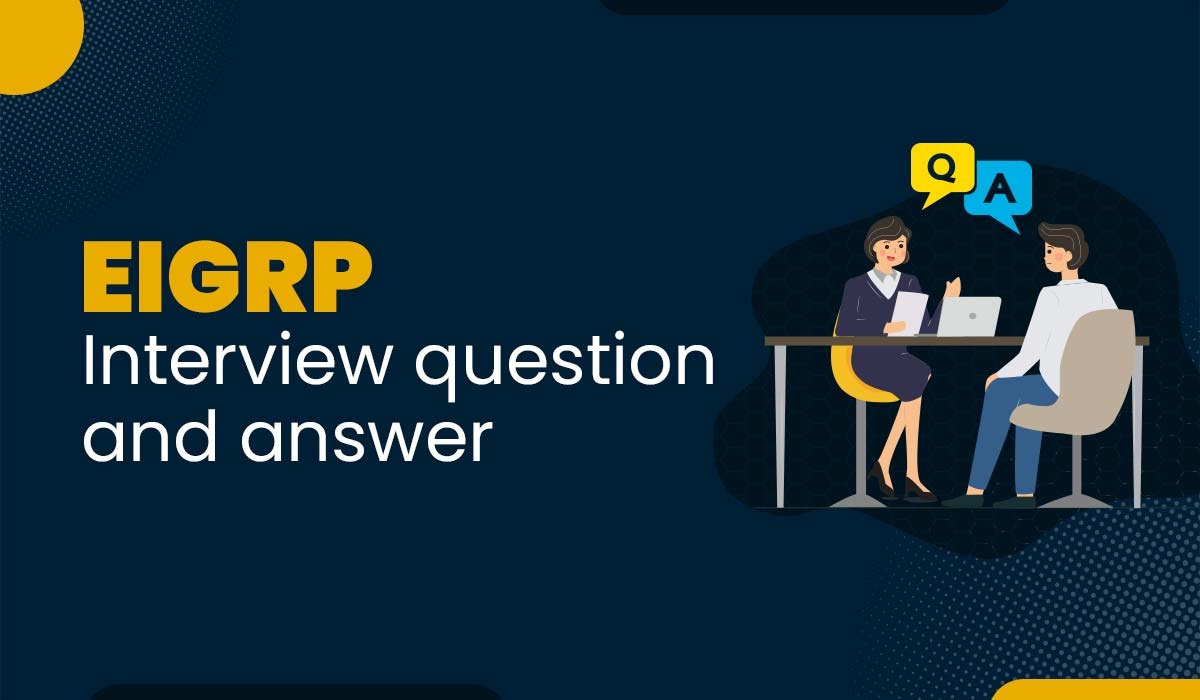Top 15 Most Asked Cisco Nexus Interview Questions and Answers
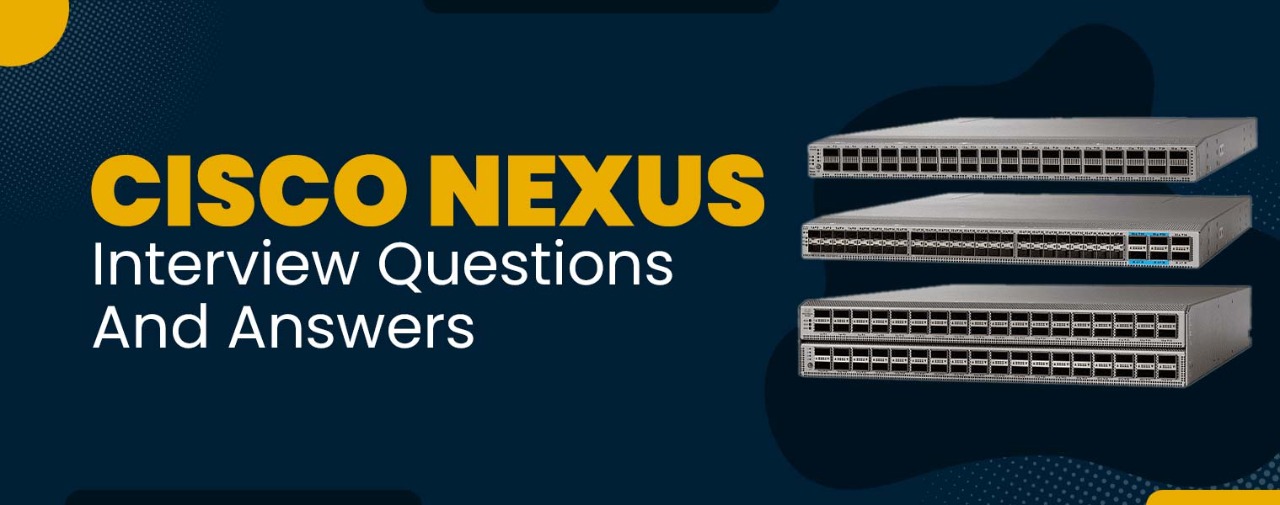
Network Engineer who wishes to build a network that unites the Data Center and Cloud must have knowledge of Cisco Nexus switches and since you are here, If your answer to these questions is “Yes”. Then, you are at the right place. We have a list of the top most asked Cisco Nexus interview questions and answers that are the interviewer’s favourite. These questions are selected by some of the geniuses in the networking field in collaboration with recruiters to help all network engineers. Go through these Cisco Nexus interview questions and answers for better interview preparation. Here are the top 15 Cisco nexus interview questions. Due to popular demands, we at PyNet Labs have decided to separate these questions into two groups. Answer – Virtual Port-Channel (vPC) is a multi-chassis port channel in a feature in Cisco Nexus Switches with which we can logically bundle the links of two different chassis. It is similar to VSS, but the main difference is that vPC logically bundles the links. In contrast, VSS creates a single logical switch with one logical control plane for management and configuration. We need to configure and manage VPC on both switches independently. Benefits of vPC: Answer – The main components of vPC are as follows: Answer – Two Nexus switches and one or more linked devices make up the vPC topology. Peers are the two switches, and everything that supports port channels or LAGs can be the connected device. Among them are servers, switches, firewalls, and other devices. Answer: This is a layer two link (Port-Channel) with a minimum 10G capacity for connecting vPC Peer Switches, carrying ARP traffic, BPDUs, HSRPs and sharing mac-addresses traffic to vPC Peers. Between peer switches, the peer-link exchanges state data and carry control traffic. This connection creates a fictitious Control Plane between the two switches, giving the impression that there is just one logical switch. Answer – This layer-3 link, which must be at least 1G in speed, is segregated from other traffic by being in a different VRF. This is crucial because some failures could cause either switch to believe that a peer is down while, in reality, it is not. In a split-brain or dual-active situation, both switches believe they are the dominant switch. This issue is avoided by the keepalive link’s heartbeats. Even when there is a failure, both peers can still see one another. Answer – Servers and other devices connect to member ports on vPCs. For this to happen, the linked device must set up its port-channel. On both switches, the configuration is the same. While different port numbers are permitted, speed and duplex must be compatible. Although it is best to practice to maintain consistency, the vPC and port-channel numbers do not need to match. Answer – Orphan ports are the ports that are not configured as vPC even though they carry a vPC VLAN. We must avoid these ports by always having Dual Attached VPC connections. This includes any hardware that only has a single VPC switch connection. If VPC Peer-Link goes down, Orphan ports will have no way to route the traffic. “Show vpc orphan-ports” is the command to check the orphan ports. Answer – We should have the command “feature vpc” enabled. Similarly, we need to have features enabled for other functions, e.g. for LACP or Interface-VLAN. Answer – Initially, F Series cards were introduced for Layer 2 functionality only; now, advanced F Series cards have Layer 3 capability and new features. M series Modules support Layer 2 and Layer 3. At least one M1 series port should be in a VDC to be able to do routing. F1 series modules can use Proxy routing using M Series ports which are part of VDC. Answer – In shared mode, ports that are part of a group will share the total capacity. Let’s take an example of N7K-M132XP-12, which has 32 10G ports; it means that each port group (group of 4 ports for this line card) will share a 10G speed of total bandwidth among group members, and all ports will not get 10G of dedicated bandwidth. So, the total capacity of the card is 80G, not 320 (32x10G), because there can be eight-port groups of 4 ports each. Therefore, four ports in a group will share the total available bandwidth of 10G, which means oversubscription becomes 4:1 1,3,5,7 will be in the same port group, and 2,4,6,8 and so on. Answer – In Dedicated mode, only one interface gets dedicated bandwidth, 10G in the case of the N7K-M132XP-12 line card. The other three interfaces in the group are disabled since only one interface is used in dedicated mode. On a Cisco nexus Line card, the dedicated ports are easily distinguished by their yellow colour. We must first shut down all four of the ports in the group, then switch the rate mode to dedicated, and finally, open the port to configure it as a dedicated port. The command to set the mode is “rate-mode dedicated” inside an Interface. Answer – FEX (Nexus 2000) stands for Fabric Extender, a dumb switch that acts as a line card in a parent switch (Nexus 5K or 7K or 9K). It does not have its own IOS or CPU for the control plane, and it downloads the image from the parent switch and appears as a module. It is primarily used when we need more interfaces for connecting servers; however, the management will happen from the parent only. The FEX front ports for servers are connected the same way as others. Answer – As long as we have a cable connected between the VDCs and the configuration is correctly done, then servers will communicate. VDCs are virtual switches, and one physical chassis may have multiple VDCs, so each VDC would work independently. Therefore, we need a cable connection between VDCs even if these reside in the same physical chassis. Answer – OTV (Overlay Transport Virtualization) offers layer 2 extension capabilities between various data centres. We can extend LANs between Data Centers with the help of OTV, which is an NX-OS feature. OTV is transport-independent, meaning that nearly anything that can transmit IP can be used for communication between data centres, including L2, L3, and even IP switched. Answer – Before making any changes, you may always take a snapshot (backup) of the Cisco Nexus configuration with the Cisco NX-OS checkpoint feature. The original configuration can be restored and rolled back using the captured configuration (checkpoint). Checkpoints are typically employed in rollback circumstances. They enable you to modify the system and, if an error arises, roll back to a previous stable configuration. When working on a piece of vital equipment, this function is very crucial. These are the top 15 Cisco Nexus Interview questions and answers. We hope you like these questions and wish you all the best for the interview. If you, as a network engineer, feel stuck at a package that is not your worth, you can check out our 100% Job Guarantee Course, a perfect program to learn all the latest and trending skills to get ahead in your career. If you are looking for more Cisco Nexus interview questions, you can get this PDF containing more than 40 important interview questions. All you have to do is to enter your Email address in the form below, and you will get an Email containing the link to download the interview questions. Here are some other interview question articles that you may like: Frequently Asked Questions: Question 1 – What questions do they ask in Nexus Interview? Answer – The most frequent questions asked in any Nexus Interview are: Question 2 – What is Cisco Nexus for? Answer – A key element of Cisco’s Open Network Environment (ONE), which aims to make networks more open, programmable, and application-aware, is the Nexus. With support for mobility and tenant isolation using VXLAN, it provides flexibility, high density, and performance for top-of-rack deployments. Question 3 – How long is a Nexus Interview? Answer – The duration of an interview depends on the Interviewers and the candidates. In any general Nexus Interview, it will at least take 30 minutes, but if the interviewer wants to test a candidate’s knowledge, it can go up to an hour too. Question 4 – What is the difference between Cisco Nexus and Catalyst? Answer – The Catalyst switches offer superior control over the throughput traffic, while Nexus switches are a flexible and feature-rich solution that is simple to integrate and use. Catalyst switches use iOS as their operating system, whereas Cisco Nexus use NX-OS.
Cisco Nexus Interview Questions and Answers
Nexus vPC Interview Questions and Answers
Question 1 – What is vPC, and what are its benefits?
Question 2 – What are the components of vPC?
Question 3 – What do you mean by “vPC Peer-Switch”?
Question 4 – What do you mean by “vPC Peer-Link”?

Question 5 – What do you mean by “vPC Keep-Alive”?
Question 6 – What are Member Ports in vPC?
Question 7 – What are Orphan Ports in vPC? What is the command to check the Orphan Ports?
Question 8 – What is the possible reason I cannot use the “vPC domain” command on Nexus Switch?
Cisco Nexus Switches Interview Questions and Answers
Question 9 – What is the main Difference between M series Line Card and the F Series?
Question 10 – Explain “Shared Mode” in Nexus Switches?
Question 11 – Explain “Dedicated Mode” in Nexus Switches?
Question 12 – What do you mean by “FEX”?
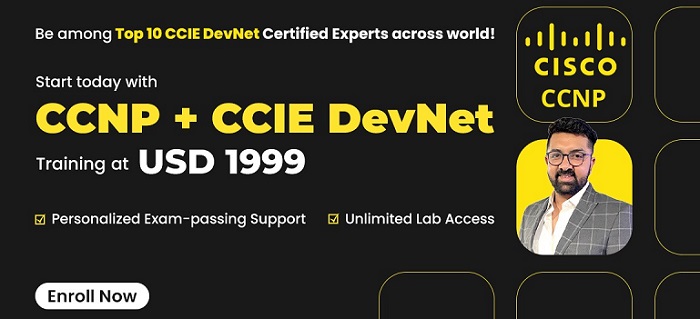
Question 13 – Can a device in one VDC communicate with a device in another VDC?
Question 14 – Please explain the concept of OTV?
Question 15 – What is the concept of “checkpoint” in Nexus?
Cisco Nexus Interview Questions and Answers PDF
OSPF InterVIEW Questions
EIGRP Interview Questions
CCNA Interview Questions
SD-WAN Interview Questions

